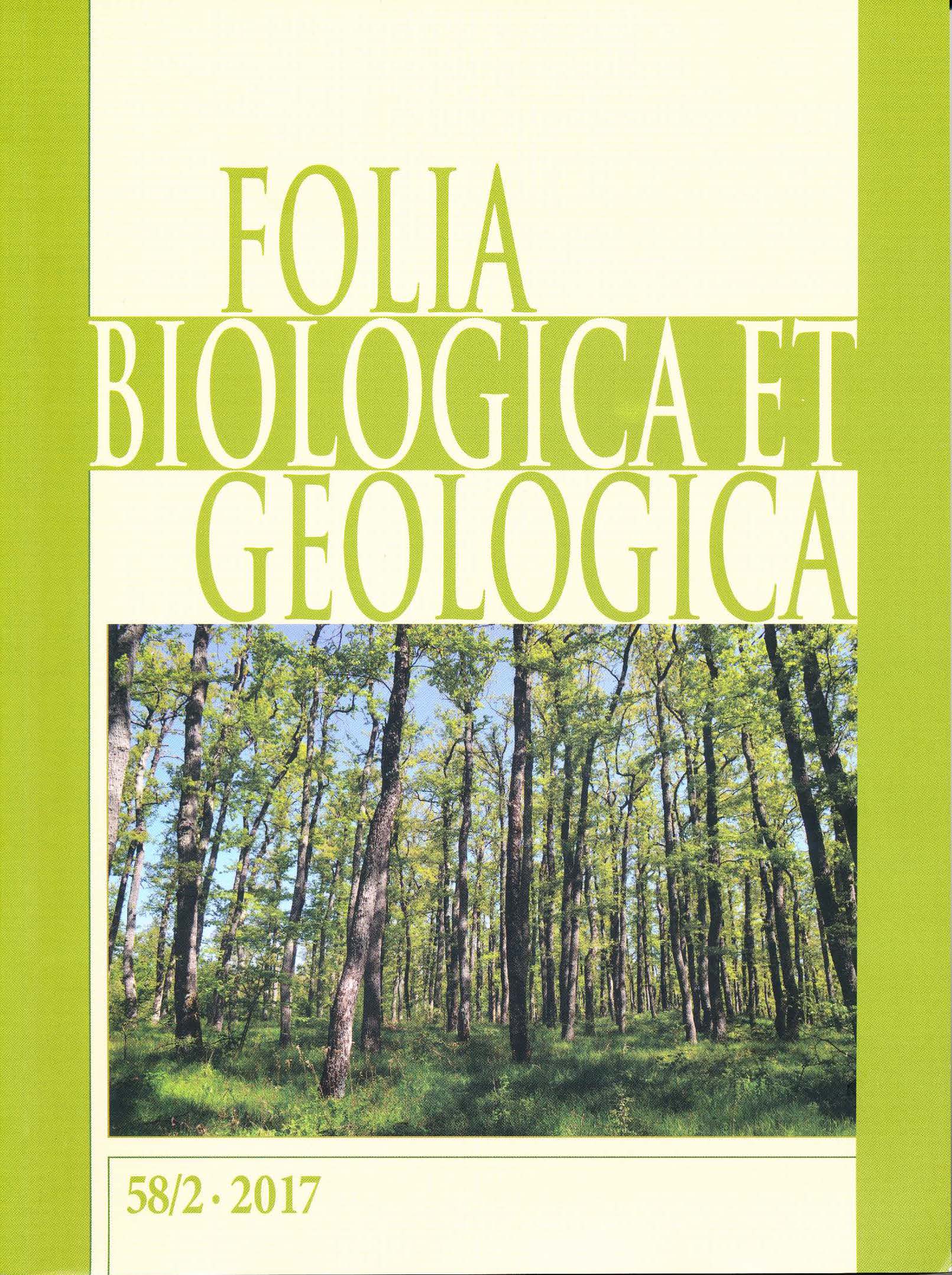Selen v vodnih in kopenskih rastlinah / Selenium in water and in terrestrial plants
DOI:
https://doi.org/10.3986/fbg0034Abstract
Tako vodne kot kopenske rastline so sposobne privzemati selen iz okolja. Sposobnost privzema selena se med vrstami in skupinami rastlin razlikuje. Rastline iz tal privzemajo selen prvenstveno v obliki selenata, ki ga nato pretvorijo v selenit in selenove-aminokisline, kot sta selenometionin in selenocistein. Zaradi različnih antropogenih dejavnikov in predvsem dejavnosti človeka, se povečuje obremenjenost vodnih virov s selenom. Vodne rastline, ki so sposobne privzemati večje količine selena iz vode, lahko uporabimo za čiščenje s selenom obremenjenih umetno ustvarjenih in naravnih vodnih teles. Služijo lahko tudi kot bioindikatorji obremenjenosti s selenom. Selen ima pri kopenskih rastlinah pozitiven učinek na rast rastlin in dozorevanje semen. Pozitivni učinki selena se odražajo tudi v večji zaščitenosti rastlin pred ultravijoličnim sevanjem, mrazom, sušo in zmanjšanim privzemom težkih kovin iz tal ter večjo zaščitenostjo rastlin pred patogeni in rastlinojedci. Prisotnost selena v kmetijskih rastlinah vpliva na zmanjšanje proizvodnje rastlinskega hormona etilena, ki je odgovoren za senescenco in zorenje plodov. Selen tako lahko prispeva tudi k daljši obstojnosti plodov. Rastline, ki imajo večjo sposobnost za privzem selena iz tal, lahko uporabimo tudi za fitoremediacijo s selenom onesnaženih tal. Poznavanje načinov privzema in akumulacije selena v vodne in kopenske rastline je ključno za razumevanje kroženja selena v okolju.
Ključne besede: selen, vodne rastline, kopenske rastline
Aquatic as well as terrestrial plants are able to uptake selenium from the environment. The ability to uptake selenium differs between plants. Plants uptake selenium primarily as a selenate, which is then converted into selenite and selenium-amino acids, such as selenomethionine and selenocysteine. Due to various anthropogenic factors and man’s activity, pollution of water sources with selenium is increasing. Aquatic plants that are capable of absorbing selenium from water can be used for purifying waters contaminated with selenium in artificial and natural water bodies. In water bodies they can also be used as bioindicators of pollution with selenium. Selenium has a positive effect on plant growth and maturation of seeds in terrestrial plants. Positive effects of selenium are also shown in the increased protection of plants against ultraviolet radiation, cold, drought and reduced uptaking the heavy metals from the soil, and greater protection of plants against pathogens and herbivores. The presence of selenium in agricultural plants lowers the production of plant hormone - ethylene, which is responsible for senescence and ripening of the fruits. Selenium thus can also contribute to longer stability of plant fruits. Plants that have greater ability to uptake selenium from the soil can also be used for phytoremediation with selenium contaminated soils. Knowledge of the techniques of absorption and accumulation of selenium in aquatic and terrestrial plants are important to understand the transport of selenium in the environment.
Key words: selenium, water plants, terrestrial plantsDownloads
Published
Issue
Section
License
Authors who publish with this journal agree to the following terms:- Authors retain copyright and grant the journal right of first publication with the work simultaneously licensed under a Creative Commons Attribution License that allows others to share the work with an acknowledgement of the work's authorship and initial publication in this journal.
- Authors are able to enter into separate, additional contractual arrangements for the non-exclusive distribution of the journal's published version of the work (e.g., post it to an institutional repository or publish it in a book), with an acknowledgement of its initial publication in this journal.
- Authors are permitted and encouraged to post their work online (e.g., in institutional repositories or on their website) prior to and during the submission process, as it can lead to productive exchanges, as well as earlier and greater citation of published work (See The Effect of Open Access).




